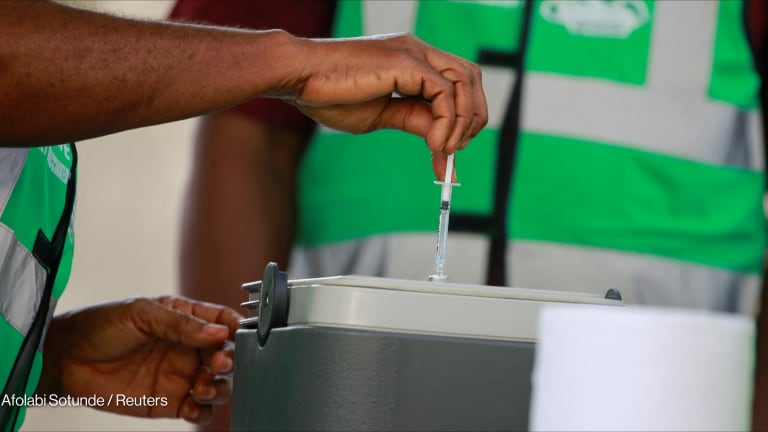Africa’s first genomics hotspot has emerged on the outskirts of Cape Town and it could revolutionize the continent’s understanding of and response to disease outbreaks.
The Centre for Epidemic Responses and Innovation, the largest genomics facility in Africa, is housed in the glistening new Biomedical Research Institute on the north side of the campus surrounding Tygerberg Hospital. CERI, which opened in 2001, has already played a key role in detecting mutations in COVID-19 and other diseases. The South Africa Medical Research Council’s Genomics Platform is five minutes south on the same campus. In less than five years, the facility has sequenced 10,000 samples, according to the laboratory manager, Nadia Carstens, making it one of the largest service laboratories by volume in the country.
The two facilities share next-generation sequencing capabilities, though their goals are different, with CERI focusing on pandemic response, while the genomics platform assists researchers from universities and foundations. But the development of the two facilities was spurred by a similar impulse: “We just want to make sure that this technology is infiltrated everywhere, and it’s adopted as widely as possible,” Carstens said.








